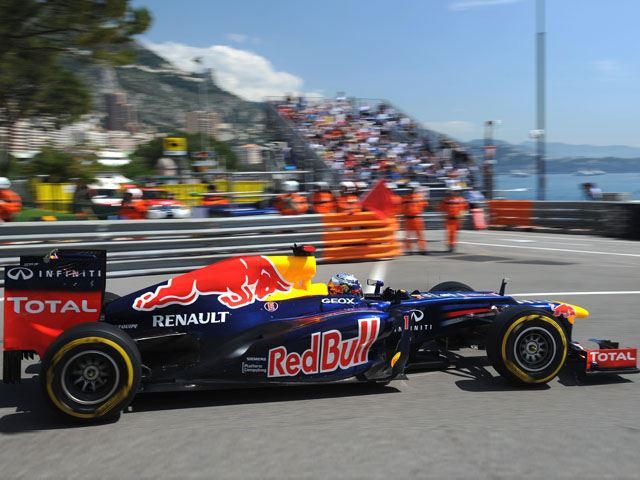
Formula 1, more than any other form of motorsport, has a reputation for glamour and grandeur. And while no F1 race fails to live up to this, none so perfectly embody it like the Monaco Grand Prix. Not only is the off-track opulence unmatched, but the race through the city streets makes one of the season's most exciting races to watch, even on TV. So although it is worth only as many points as any other F1 race, the Monaco Grand Prix is considered the most important race of the season.
The Monaco Grand Prix actually predates the existence of Formula 1, although there are other races which can also claim this. Monte Carlo was hosting car races as far back as 1897, and the Monte Carlo Rally was formed in 1911. So when the Monaco Grand Prix got started in 1929, racing was a regular thing for the principality. At first, the residents of Mote Carlo were against a race being held right in the city, but a fund was set up to give residents monetary compensation for the inconvenience, and opposition soon faded. Early races were dominated primarily by Bugatti, these being the beginning of its golden years in motorsports.
But for the last few years before the outbreak of the Second World War, Mercedes-Benz would claim dominance, and the race would become a part of the European Championship, a precursor to F1. Bugatti, meanwhile, would move on to winning Le Mans. WWII would interrupt the race, and it was a few years after that when the race was again held. The race was part of the inaugural 1950 Formula 1 World Championship, and was won by Juan Manuel Fangio, who also won the title that same year. The race wasn't held in '51, '53 or '54, and in 1952 it wasn't part of the F1 championship.
But it was back on the F1 schedule for 1955 and has been there ever since. 1955 was also the year that Alberto Ascari famously spun out and landed in the harbor, emerging miraculously unharmed. The race itself is the shortest of the entire F1 series at 260.5 kilometers, and stands as the only grand prix to have received an exemption from the minimum race distance mandated by the FIA at 305 km. The course is barely more than 2 miles, and being held on city streets, conditions are cramped, crowded and full of unexpected surprises.
It is one of the most difficult races of the season, and with its unique conditions, the winner is not always the driver who will end up taking the championship, and frequently isn't. In the Sixties, Graham Hill earned himself the nickname "Mr. Monaco" after winning the race a record five times, including three consecutive wins. This record would stand until 1993, when Ayrton Senna won his sixth Monaco Grand Prix, five of them in sequence. Even Michael Schumacher, who has won the world championship more times than any other driver, has "only" won Monaco five times, and Sebastian Vettel has only won once.
A race filled with hairpin turns, tunnels and the sounds of high-revving F1 engines bouncing off the walls of the buildings lining the course, the Monaco Grand Prix is everything that Formula 1 should be on the track. And with a harbor full of yachts and a city full of luxury hotels and high-stakes gambling, Monte Carlo provides every bit of the required glamour off the track. Formula 1 might be more serious these days and the playboy drivers of old might have been replaced by drivers who take the sport immensely seriously, but the spirit of the Monaco Grand Prix remains unchanged, and the race continues to be the high point of every F1 season.

